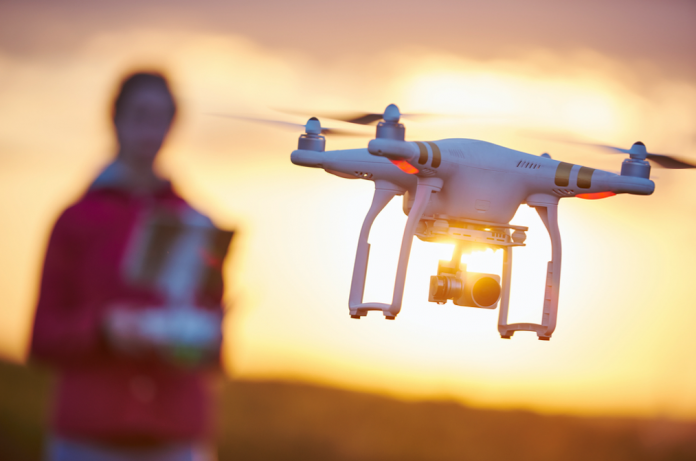Recreational drones are becoming more and more popular as individuals and families realize how fun and useful it can be to have “eyes in the sky” with their own aerial cameras. Drones are used for everything from filming special events to photographing real estate and land for sale. Small, unmanned aircraft—including drones—do have special rules that you should know before flying your own drone. In addition to any local regulations, here are 5 rules of the sky to remember when flying your drone:
Only fly your drone when you are sober and can pay attention
Many drone accidents happen when the operator is untrained, unfocused, or under the influence of drugs and alcohol. You can avoid these accidents by not allowing anyone to fly your drone—yourself included!—who isn’t in a position to make quick decisions.
Fly your drone below 400 feet.
Why 400 feet? There is almost no chance you will interfere with air flight patterns below 400 feet, according to a 2016 study. Of all the incidents and close calls involving drones and traditional aircraft over a 6-month period, only 1 took place under 400 feet. For a reference point, most two-story houses are at or below 30 feet tall. You will still be able to get your drone well above the housetops and stay under 400 feet.
Keep your drone in sight at all times.
The best way to avoid an accident is to keep your drone in sight. You will be able to respond faster and more accurately using your eyesight than relying on the drone’s camera. Fly your drone in a clear, open area so you can keep your eyes on it and it can land easily at any point in the flight.
Stay 25 feet away from other vehicles or people.
No one wants a drone buzzing over their heads, and distracted drivers may swerve or make unsafe decisions if they are trying to avoid the drone buzzing around their cars. Be polite and safe: keep your drone at least 25 feet above any people or vehicles during flight.
Avoid sensitive areas: busy highways, airports, power stations, correctional facilities, or national parks.
As a general rule, do not fly your drone anywhere that regular photography or access would be prohibited. As for national parks, photography is welcome, but drones are not. No list can be completely inclusive, however, because different communities will have different sensitive areas. If you feel like you shouldn’t fly over something, don’t. If you aren’t sure, ask.
Once you know the rules of flying your own drone, you will find hundreds of fun and helpful uses for your own aerial camera. If you’re still looking for a drone, or want to upgrade to a better model, Dronethusiast has a great list. Look for a drone with a lengthy flying time and maximum range for the longest flights. Before you unpack your drone and take it for its first voyage, however, be sure to review these rules and check any local regulations before you fly.

